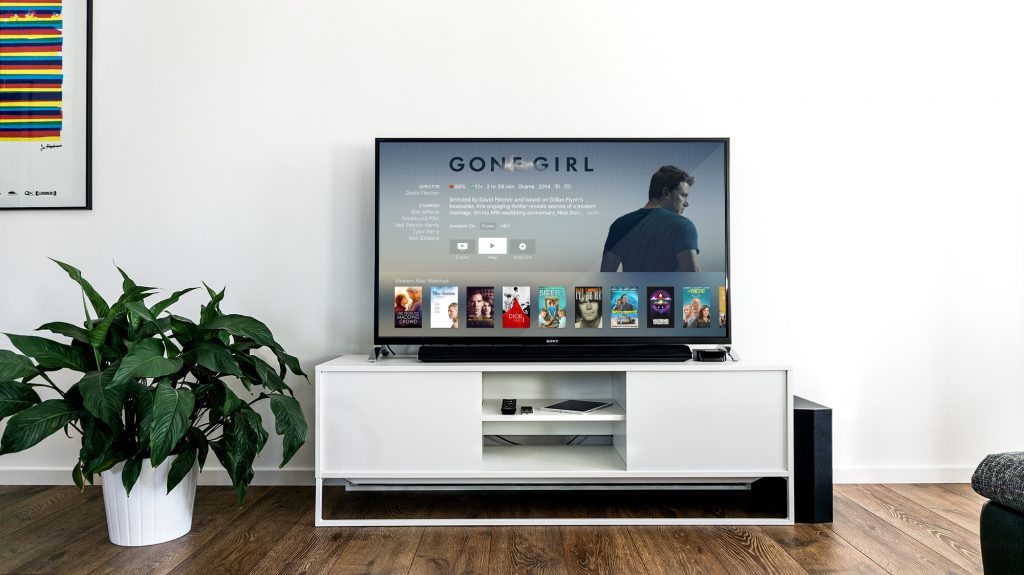
Home theaters or home cinema is one of the most comfortable access to entertainment. While it does not replace the experience of watching movies in a public cinema, having your very own home theater offers you another level of comfort, privacy, and convenience. It’s certainly one of the best ways in soaking up entertainment.
If you love movies, aside from your very own enjoyment, home theaters are also an excellent way in improving the value of your house. Houses with well-built home cinemas tend to fair better than the average houses in the neighborhood. If you’re interested, before building your very own home cinemas, let’s go over some of the basics first.
Chose a suitable place in the house
Because of the potential sound it might leak, home theaters are better to be placed in a relatively isolated room from the rest of the house. You don’t want to place home theaters right next to a bedroom. Although soundproof, depending on the level of the insulation, sounds might still leak. It’s best to plan your home theater thoroughly.
Soundproofing
Soundproofing is something integral in building home theaters. Soundproofing are put in walls, floors, and the ceilings. Standard walls don’t do a good job on concealing sounds—much less a full-on sound system. Professionals measure sound transmission using the term STC (sound transmission class) with decibels. The higher the STC, the better indication it is in sound concealing. The basics of soundproofing would be three elements known as mass, damping, and decoupling. Make sure to do your research if you’re doing your soundproofing yourself.
Paint the walls dark
Make sure to paint the walls dark, or put a dark wallpaper over. Ideally, from ceilings to floors are all painted dark. Don’t gloss either. Bright colors reflect light and it’s the least you want when building home theaters. Avoid putting furnitures and decorations that reflect lights such as photo frames.
Positioning of the Screen
Don’t make people look up. Make sure to position the screen just the right level. Do some tests if you aren’t sure. Enlist the help of your friends or family. This needs to be adjusted with the height of the seats as well.
Sound system and screen
You dont have to go full-surround if there is no sufficient space. The most basic surround sound speaker system is 5.1. The term 5.1 channels refer to the number of speakers (five) front left, front center, front right, rear right, rear left, the next digit “1” refers to a subwoofer for low sounds such as bass and other effects. A lot of home theaters employ 7.1 sound system these days. High-end homes have started employing a 9.1 for their home theaters. Pick the right display for you. Flat panel TVs are what home theater is all about. However, two-piece projector-screen combination is something that could work well.
Don’t sacrifice valuable home space
Make sure you have enough space before building a home theater. Although home theaters have seen a rise in demands, it is not something that should replace or restrict the most basic parts of the house. Don’t sacrifice your kitchen space, for example, as kitchens are generally better in an airy space for healthy air circulation and lighting.